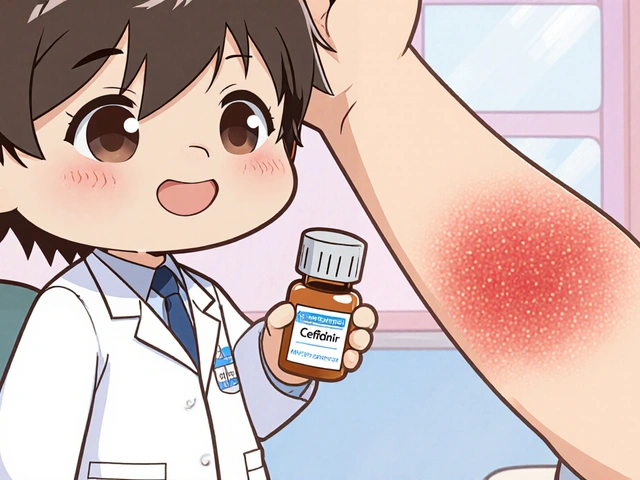Antimicrobial Resistance: What It Is, Why It Matters, and How It’s Changing Treatment
When you hear antimicrobial resistance, the ability of bacteria, viruses, fungi, or parasites to resist the effects of drugs designed to kill them. Also known as drug resistance, it’s not science fiction—it’s happening right now in hospitals, farms, and homes around the world. Every time an antibiotic is used incorrectly—taken for a cold, not finished as prescribed, or given to livestock to speed growth—bacteria learn to survive. Over time, these survivors multiply. What once was a simple infection becomes a life-threatening one because the drugs no longer work.
This isn’t just about antibiotics, drugs used to treat bacterial infections like pneumonia, urinary tract infections, or skin abscesses. It’s also about antifungals, antivirals, and antiparasitics. For example, cefdinir, an oral antibiotic used for cellulitis and other infections, is already losing effectiveness in some regions. Same with miconazole, an antifungal used for invasive fungal infections—resistant strains are showing up more often. These aren’t rare cases. They’re warnings.
And it’s not just about the drugs themselves. The way we use them matters. Acid-reducing medications like PPIs can interfere with how other drugs are absorbed, which might lead to underdosing and unintentionally fuel resistance. Even when patients switch to generics to save money, they might not realize that inconsistent manufacturing or improper storage can reduce effectiveness. The result? Infections linger. Treatments fail. Surgeries become riskier. Even a simple cut can turn deadly if the right drug doesn’t work anymore.
What you’ll find in these articles isn’t just a list of drugs or treatments. It’s a look at how resistance is already changing real-world care—from how doctors choose between cefdinir and other antibiotics for cellulitis, to why miconazole is being pushed to its limits against stubborn fungal strains. You’ll see how pharmacists manage partial fills and back-orders to avoid dosing errors that could worsen resistance. You’ll learn why women may react differently to certain drugs, and how that impacts treatment success. And you’ll find practical advice on when generics are safe—and when they’re not enough.
This isn’t about fear. It’s about awareness. Antimicrobial resistance isn’t going away. But we can slow it down—if we understand how it works, where it comes from, and what choices actually make a difference. The articles below give you the facts, not the fluff. No jargon. No hype. Just what you need to know to protect yourself and those around you.
Drug-Resistant Bacteria and Repeated Antibiotic Use: How Overuse Is Changing Our Health Forever

Repeated antibiotic use is fueling the rise of drug-resistant bacteria, making once-treatable infections deadly. Learn how overprescribing, farming practices, and lack of new drugs are creating a global health crisis-and what you can do about it.
read more


